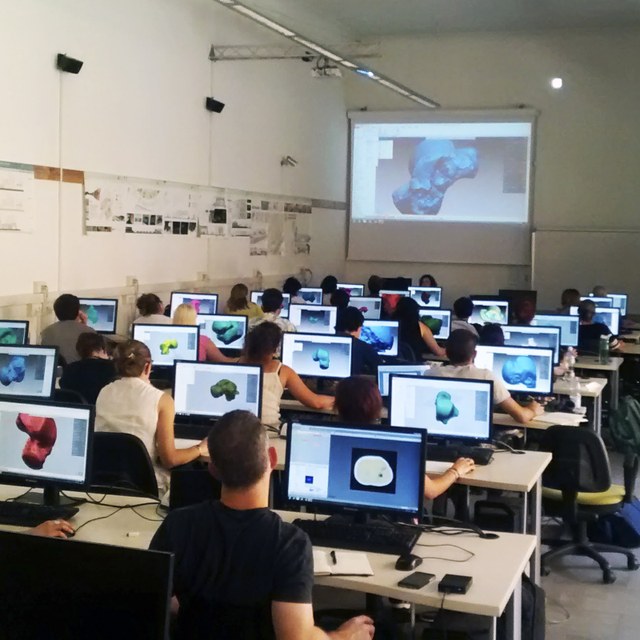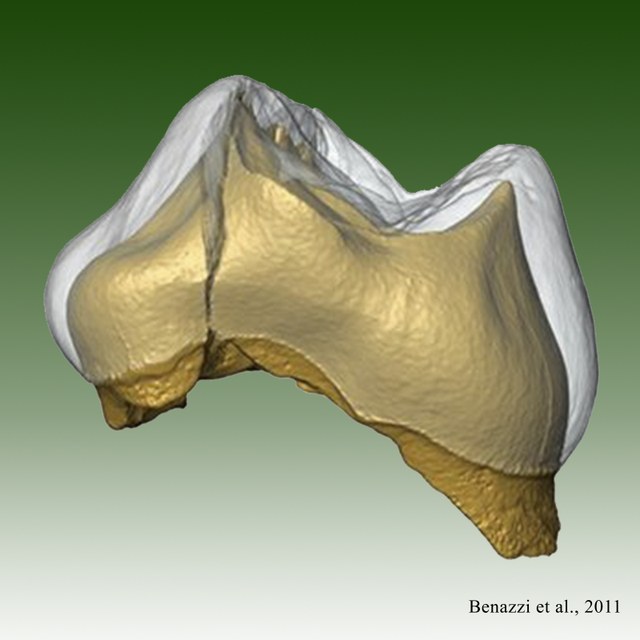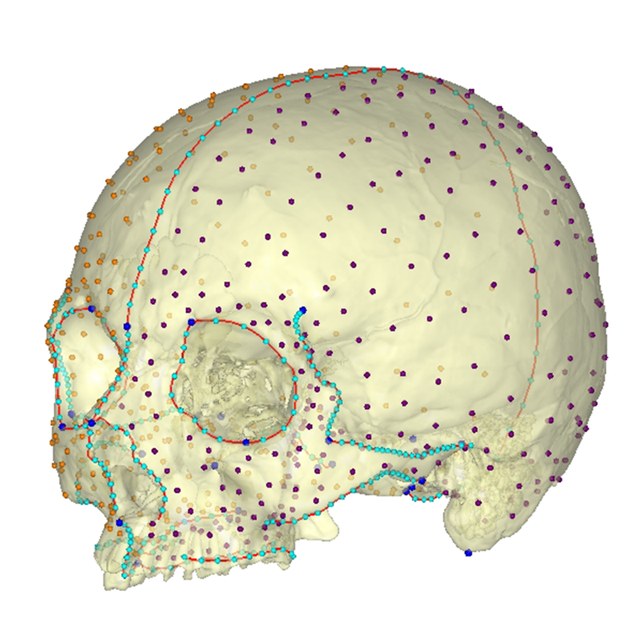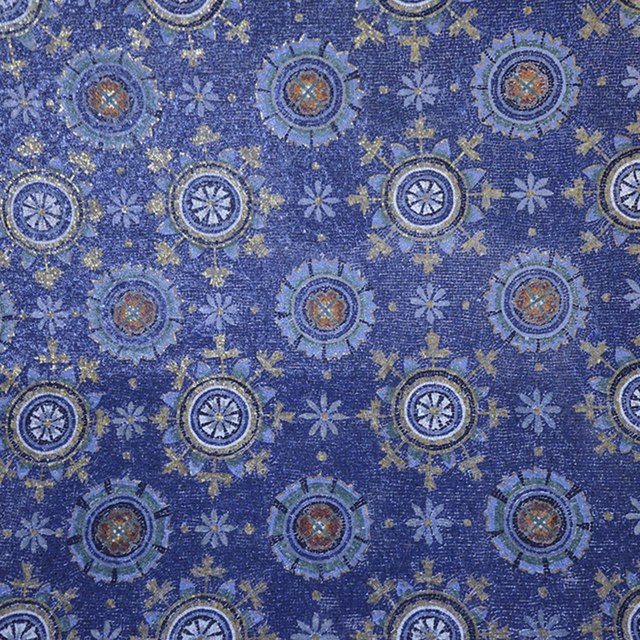
The Summer School is designed to comply with the increasing demand for researchers with different and cross-disciplinary backgrounds who are able to manage virtual environments and to exploit the analytical potential of 3D data in a variety of scientific endeavours. The courses are suitable for undergraduate/graduate students, PhD students, post-doctoral researchers, and professionals in the field of anthropology, archaeology, medicine and dentistry who are interested in developing fundamental skills in 3D data acquisition and post processing. Participants will acquire specialised notions on the different kinds of technology employed in 3D data acquisition (e.g., surface scans, X-ray computed tomography – CT), and on a variety of methods for post processing surface data (such as segmenting/visualizing image data from (micro)-CT sources) to create and analyse 3D digital models.
For this purpose, the School is articulated in two classes, each of which will address specific subjects and will provide access to complementary skills. The classes can be attended independently or in sequence, and both classes will involve lectures and practical sessions conducted and supervised by experts in the field.

The class will experiment and get familiar with the acquisition of 3D data by practicing different techniques and supplies (blue light scan, laser scan, photogrammetry). Participants will be given a detailed overview of the general concept behind CT scanning, while dedicated datasets will be provided by the organisers. Raw models will be post-processed using Geomagic Design X to create a final product that can be straightforwardly used for display, morphometric analysis, and more elaborate analyses . CT Data will then be processed using Avizo Lite, a multipurpose tool designed for effectively discriminating between internal tissue proportions and for the creation of 3D models starting form computer tomographic datasets.
Go to page
Quantitative analysis is increasingly considered as a critical part of scientific research in the realm of anthropology, archaeology, and cultural heritage. New 3D technologies facilitate the quick and accurate generation of high volumes of data that need to be managed and analysed. This course will provide participants with basic concepts and techniques of geometric morphometrics. Viewbox software will be used to capture the geometrical characteristics (shape variables) of 3D surface models (e.g., osteological and archaeological materials). A 3D template of (semi)landmarks will be created in order to create a configuration of homologous points that correspond in all specimens of a data set. Subsequently, the template will be applied to the targets and the sample will be statistically analyzed by means of Generalized Procrustes analysis (GPA) and Principal Component analysis (PCA). Visualization of shape changes along the principal axes will be obtained by Thin Plate Spline (TPS) interpolation. Specific issues will be addressed during the course, such as coping with incomplete osteological/archaeological materials
Go to page
Ravenna is a small and welcoming town with unmatched cultural, artistic, architectonic, and archaeological treasures testifying to its 3000-year history as a Roman, Byzantine, and Medieval city. Once the Capital of the Western Roman Empire, Ravenna was at the centre of the great transformations that led the transition between late antiquity and Middle Ages in the whole of Europe. The city was for centuries a key political and economic player in the Mediterranean - a maritime vocation that is fully maintained to the present day. Located between the hills of inland Emilia-Romagna, the delta of the river Po, and the Adriatic sea, Ravenna offers a unique perspective enriched by the continuous exchange between different traditions.
Go to page